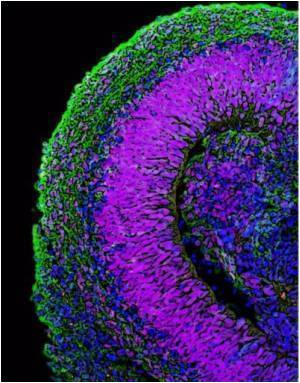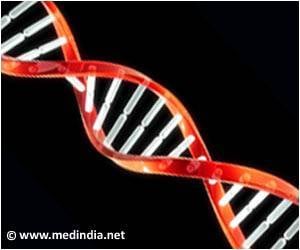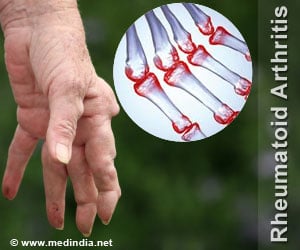Researchers have successfully used cell-depleted lung as a natural growth matrix for generating new rat lung from embryonic stem cells.

Alternatives to available synthetic tissue matrices are needed to drive this technology forward and develop clinical applications for engineered lung tissue.
Sr. Joaquin Cortiella, and colleagues from University of Texas Medical Branch (Galveston), Stanford University (Palo Alto, CA), Brown Medical School (Providence, RI), and Duke University (Durham, NC), describe the first attempt to make acellular rat lung and use it as a biological matrix for differentiating ESCs into lung tissue.
The authors present evidence of improved cell retention, repopulation of the matrix, and differentiation into the cell types present in healthy lung.
They also report signs that the cells are organizing into the 3-D structures characteristic of complex tissues and are producing the chemical signals and growth factors that guide lung tissue function and development.
In the study, the researchers described the process used to remove the cellular component of natural lung tissue and create a growth matrix for ESCs.
Advertisement
The study has been presented in a breakthrough article in Tissue engineering, Part A.
Advertisement














